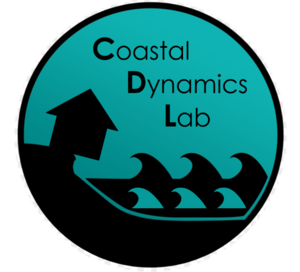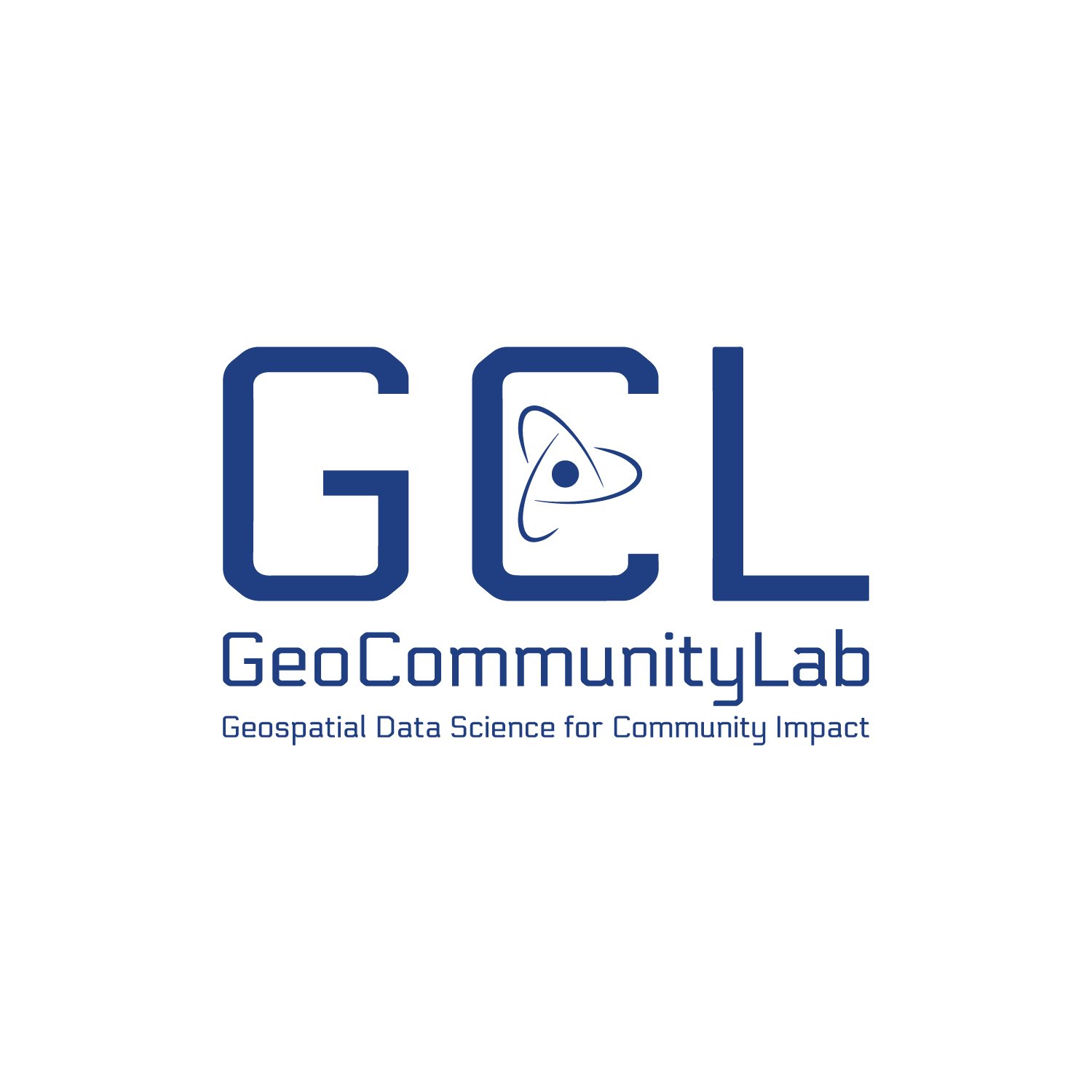CORPUS CHRISTI, Texas – The Conrad Blucher Institute at Texas A&M University-Corpus Christi is mapping the spread of the COVID-19 pandemic in Texas and around the Coastal Bend. The maps represent information confirmed by the Texas Department of State Health Services.
“My colleagues Bryan Gillis and Dr. Lucy Huang have created sophisticated yet relatively simple and informative maps and dashboards to follow the COVID-19 progression,” said Dr. Philippe Tissot, interim director of the Conrad Blucher Institute (CBI).
Data is being provided in two formats: an interactive GIS dashboard and downloadable static maps, which are posted daily on the institute’s Facebook page.
Tissot said CBI is committed to providing relevant and accurate information to the public in informative and interactive formats.
“Geospatial information is a critical component in epidemiology,” said Texas A&M-Corpus Christi researcher Dr. Yuxia “Lucy” Huang, Associate Professor of Geographic Information Science and coordinator of the Geospatial Systems Engineering Program in the Department of Computer Sciences. “Maps visualize the spatial distribution of cases over space and time. Mapping diseases helps the public understand how the diseases are spread out, particularly around the area they are interested in.”
The public wants to know where high concentrations of the outbreak are and how close they are to hotspots. Maps can answer these questions, Huang said.
Huang said the team started by investigating existing dashboard products that were tracking COVID-19 in real time.
“Since we did not find any that focus on Texas, we decided to build one,” she said.
Presenting data in the form of a map gives readers the ability to quickly understand complex spatial patterns, said Bryan Gillis, Research Specialist at CBI. “In this situation, it’s common knowledge that the outbreak would be worst in urban environments but the spread along interstate corridors showed how continuing travel caused the virus to creep into smaller communities.”
Readers can quickly find their county on the maps, but at the same time seeing it on a map gives them greater context to what is happening around them, Gillis said.
“Take Kleberg County for example. They had zero confirmed cases (as of March 26), but just next door, Nueces County had 15 (as of March 26), and it’s known that many people commute between these two areas daily,” Gillis said. “So even if there is no outbreak in your area, you can anticipate the threat from a more realistic view.”
The experts said as the COVID-19 situation grew, the CBI team began investigating how they could efficiently and effectively provide information to the public. It started with a simple map showing ISD closures across Texas. Within a day, all ISDs were closed and they switched gears to mapping COVID-19 cases. The next day they were tracking new cases along with total cases because they felt it gave a greater picture of the worsening situation.
“Our biggest concern was ensuring our data was accurate and timely, because if we were going to publish time-critical information to the public we needed to be fully committed,” Gillis said.
One Island University student worker is assisting Huang to update time series data daily. Audrey Garza is a weather and atmospheric science major and geographic information science minor. Garza has been involved in several CBI projects.
As the group posts maps on social media, they are receiving a tremendous amount of feedback.
“We are receiving thousands of engagements on Facebook every day,” Gillis said. “We also see quite a few questions each day about the data and why State level data is different than local authorities. Because the State is going through a thorough vetting process of test results, we can say with certainty that a result is a true positive.”
Gillis said that doesn’t mean the data is perfect, and at times confirmed cases are reassigned to different counties once residency information is confirmed.
“The reason we class cases by residency instead of where they are being treated is your place of residency is where the case likely came from, not necessarily where you were tested or treated.”
The CBI team will continue to publish static maps daily and maintain the COVID-19 dashboard through the declared end of the outbreak. At the end of this crisis they will also convert all of their collected data for public use and scientific research.
The maps and dashboard only reflect official State of Texas data so the public is asked to continue to monitor updates and reports from local authorities for the most up-to-date and relevant information.








